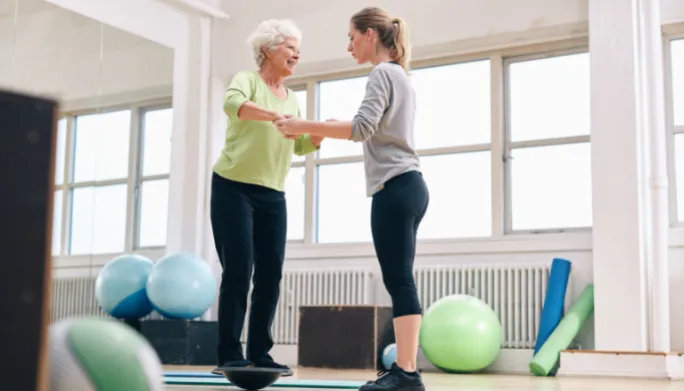Most people take for granted their ability to engage in basic activities such as walking a straight line, balancing on their toes to reach for an overhead object, or closing their eyes while showering. People with balance issues, however, often find these types of everyday tasks extremely challenging to perform. In this post, we will discuss the main body systems involved in maintaining a good sense of balance, what happens when one (or more) of these systems fail to work properly, and what recovery methods are available for those who are struggling with a loss of balance.
The Balance System
Vision
Many people are surprised to learn their vision helps them maintain proper orientation in a given space. A healthy person can likely easily balance on one leg for 30 seconds if they have both eyes open. However, if they repeat the test with their eyes closed, it’s a different story. It soon becomes obvious that sensory input from the eyes plays a big role in the ability to maintain good balance.
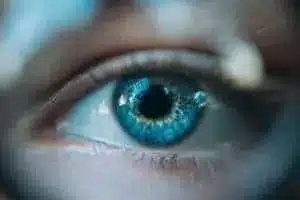
Muscles and Joints
Sensory information sent from muscles and joints to the brain also helps to determine our position in space. Proprioception, the concept of being aware of the movement and position of the body is a key element in the body’s overall ability to “know” when and how bodily movement is occurring. Basic movements such as using one’s legs to walk, or holding one’s arms out to the side, relate proprioceptive nerve information to the brain so it can direct the successful coordination of these physical efforts and stay balanced at the same time.
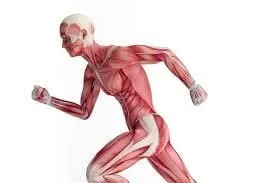
Brain and Spinal Cord
It should come as no surprise that the brain and spinal cord play a premier role in the ability of the human body to direct and coordinate any physical activity that requires good balance. Normally, proprioceptive sensory information from muscles and joints is sent to the brain by way of the spinal cord. In the case of a spinal cord injury, this key information may have difficulty effectively reaching the brain, or in a more serious injury, the spinal cord is completely unable to relay key sensory information from the limbs to the brain.
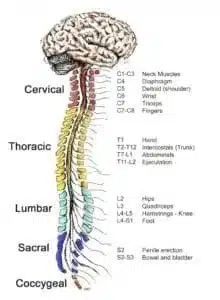
Peripheral Vestibular System
This is the part of the vestibular system as it relates to the labyrinth of the inner ear and the nerves from this area that lead to the brain. Anyone who has ever had a bad ear infection or a severe head cold knows their equilibrium may be negatively affected if their inner ear system is not functioning properly.
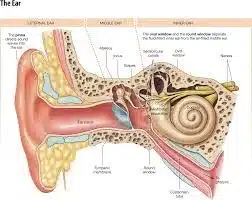
The Effects of Aging on Balance
Vision – as we age our vision changes and often becomes worse. Particularly at night, we tend to have a harder time seeing. This can lead to falls.
Muscles and Joints – Frequently as we age we become weaker in some key muscle groups that help with balance. Hips, knees, ankles, and our back muscles are all needed to keep us upright but can be affected by aging.
Brain and Spinal Cord – With aging comes a decrease in the speed at which signals are transmitted in the nervous system. Reflexes slow down and that millisecond difference can be the difference between “catching” oneself and falling
Solutions
The good news is that our physical therapists at Rock Run Physical Therapy can help improve all of the areas above and help prevent a catastrophic fall!
To see if you are at risk of falling, watch this 3 min video and take a simple test.
3 Minute video explains simple at home test for balance
Physical therapy is very helpful in training key muscles and joints to become stronger, thus better able to relay sensory information to the spinal cord. Physical therapy can also help those with vision loss train other aspects of their balance system to take on more of the workload so they can navigate more easily. Even those with inner ear problems can learn effective strategies to help them cope with basic movements such as getting in and out of bed, and other steps to take to avoid a dizzy spell that could lead to a fall.
Summary
The balance system is a very important component of the human body. Those struggling with balance issues may be daunted by their inability to perform basic tasks they used to complete without any thought. Fortunately, physical therapy has come a long way in recent decades to help people regain as much functioning as possible. If you or someone you know has balance issues, please contact Rock Run Physical Therapy at 385-888-7890



